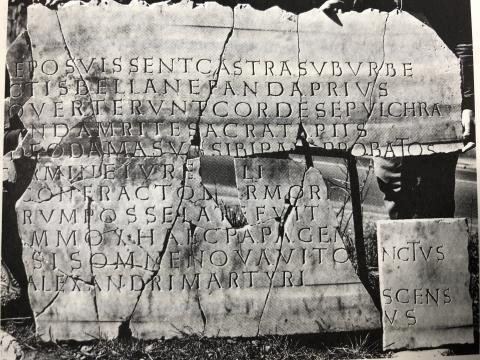2 VI: Julia Borczyńska (UW), Haec quicumque vides nimio perfecta labore, desine mirari, minus est quam martyr habetur.’Epigrammata pseudodamasiana and the culture of commemoration and patronage of Roman city elites in the 4th-6th centuries

Abstract
The so-called Epigrammata pseudodamasiana is a collection of forty-three epigrams, collected in 1895 by Maximilian Ihm and distinguished as those which in many different ways refer to the poetic work of Damasus, bishop of Rome (366-384).
This collection, which consists of epigrams written between the 4th and 6th c., includes various types of texts, ranging from hymns in honor of the saints, inscriptions in honor of the dead, to verse epigrams commemorating various religious foundations.
Some of them are completely anonymous, but some of them show the name of the founder and sometimes its rank. In this paper, I will present the third type of texts, each of which commemorates the worshiper’s effort to commemorate either a specific saint or sacred rites. During the presentation of the texts, I would like to consider, first of all: in what way pseudo-damasian inscriptions are a source for us to learn about the history of the City, and what new do they tell us about the process of continuing the work of Damasus by the Roman city elites.
